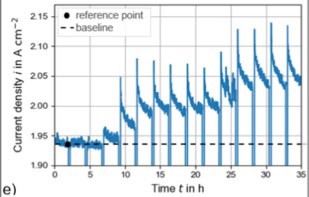
New insights into two types of radiation flashes that are associated with lightning have been identified from observations made aboard the International Space Station. Torsten Neubert at the Technical University of Denmark and colleagues deduced that both “elves” and terrestrial gamma-ray flashes are powered by the onset of lightning – with each phenomenon visible at the tops of thunderclouds.
From our perspective on the ground, lightning is both a beautiful and violent effect. The flashes are created by the strong electric fields that build up between the ground and the free electrons inside storm clouds, creating the bolts that reach down to the ground. At the same time there are other processes that take place above the clouds and out of our normal view.
Terrestrial gamma-ray flashes (TGFs) are short-lived emissions of radiation that are believed to be generated by electrons that have been are accelerated to very high speeds by the strong electric fields. Also, above the clouds are transient ultraviolet and optical emissions called “elves”. These are believed to be created in the lower ionosphere by electromagnetic waves, which expand outwards from powerful lightning currents.
Unsure connections
Both effects are known, but meteorologists continue to debate the precise generation processes of elves and TGFs. Scientists are also unsure as to whether the effects are connected. To resolve the issue, Neubert’s team used the Atmosphere-Space Interactions Monitor (ASIM), which simultaneously captures emissions from across the electromagnetic spectrum. From its position aboard the International Space Station, the researchers pointed ASIM’s sensors straight down to minimize any gamma-ray flux losses from atmospheric absorption, allowing them to obtain images with a temporal resolution of just 10 µs.
Through this setup, Neubert and colleagues gathered high-speed observations of emissions at heights up to 12 km above a thunderstorm that struck Indonesia in October 2018, in which one particular TGF was closely accompanied by an elve. From this behaviour, the team deduced that at the onset of lightning current pulses, strong electric fields form inside thunderstorm clouds – giving rise to TGFs a few milliseconds later. This suggested that lightning currents form quickly, and at high altitudes. Together, the observations suggest that both the storm’s elve and its TGF arose from the same sequence of events.
The images enabled Neubert’s team to conclude that both TGFs and elves are powered by lightning, which is strong evidence that the two processes are, in fact, connected. They now hope to further explore the sequences of events triggering each type of flash in further detail; potentially helping meteorologists to understand more about the vibrant physical processes that play out within thunderstorms.
The observations are described in Science.



